
Nature's Calendar
Help monitor the effects of climate change on wildlife near you. Your records contribute to a growing body of evidence on global warming.
Add your wildlife recordings
Citizen science manager
Bluebells are one of our most iconic species. If you stumble upon that familiar, yet magical, blue carpet of flowers, it may be also be a sign that you are in a precious ancient woodland.
Ancient woodland dates back at least 400 years, is one of our most species-rich habitats and nowadays only covers about 2% of the UK’s land area. Protecting ancient woodland from the variety of threats it faces, from development to replanting with conifers, is one of our top priorities.
It’s quicker to start with bulbs since seeds can take 4-5 years to reach flowering size. You can buy bulbs either in spring ‘in the green’ (during active growth) when it is believed they are more likely to establish successfully, or as dry bulbs at other times of the year.
Bluebells are legally protected and it is against the law to dig them up from the wild. Make sure you ask your garden centre, nursery or online supplier to confirm the bulbs are cultivated, not wild–collected and also that they are both sourced and grown in the UK. This reduces the risk of pest or diseases being imported from abroad.
If you’re buying plants that are in flower take a close look. The flowers of native bluebells are a vivid violet-blue colour and the arching stem of flowers is held on one side. See our identification tips for more help on what they look like.
If we take a cue from their natural habitat it will be no surprise to learn that bluebells thrive in partial shade, under deciduous trees or shrubs and need moist but well-drained soil. I personally think they are at their most stunning when planted under silver birch trees, creating a ‘woodland in miniature’.
Enriching soil with leaf mould, manure or garden compost is often beneficial. Bluebells also thrive when planted in grass, provided those areas are not mown until the leaves have fully died back each year.
Whether you have bluebells in your garden or you’ve spotted some on a regular route, letting us know when it starts flowering is simple but vital information!
The Nature’s Calendar project tracks the effects of weather and climate change on wildlife across the UK – its records date all the way back to 1736! Bluebells beginning to flower is one of 69 wildlife species recorded for the project.
Join Nature’s Calendar to record your sightings – every record is crucial and valid. The data recorded helps us to better understand the effects of climate change and other patterns in the natural environment. By taking just a few minutes to share what you see, you'll be adding to hundreds of years' worth of important data. We couldn't do this work without you!

Help monitor the effects of climate change on wildlife near you. Your records contribute to a growing body of evidence on global warming.
Add your wildlife recordings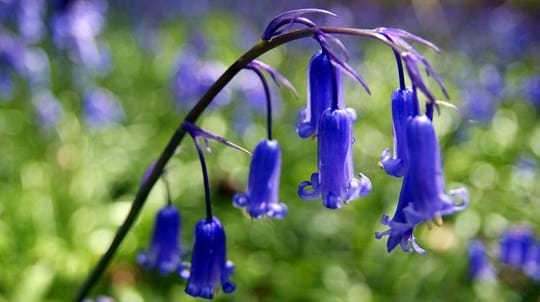
Trees woods and wildlife
Discover the iconic bluebell, our most famous wild flower. Find out where bluebells grow, what they look like and how they support wildlife.
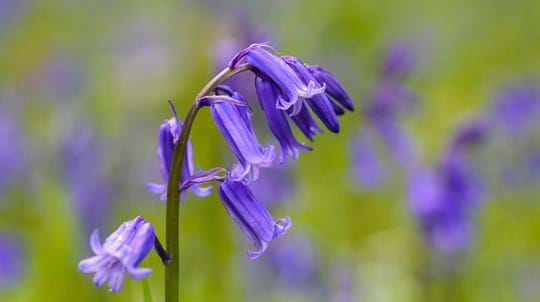
Visiting woods
See a stunning sea of blue this spring. Discover our best woods for bluebells.
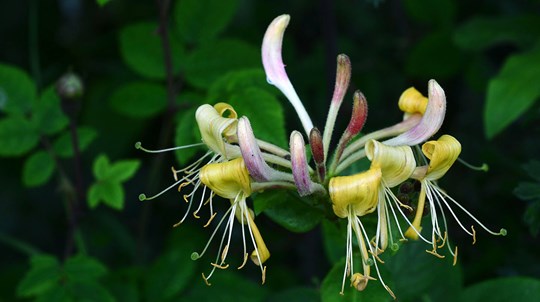
Trees woods and wildlife
From dazzling bluebells to weird and wonderful orchids, find out which wild flowers you might see on a woodland walk and how to identify them.
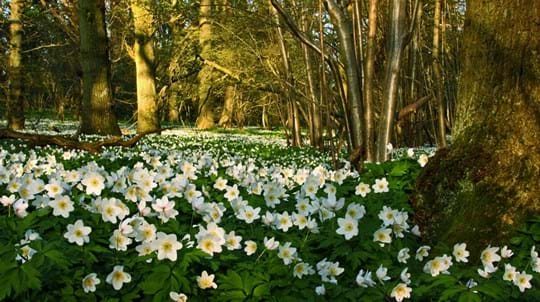
Blog
Charlie Mellor • 11 Feb 2021

Blog
Charlotte Varela • 13 May 2025
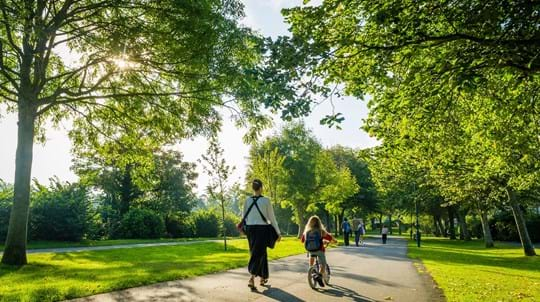
Blog
Chris Britt-Searle • 28 Jun 2024
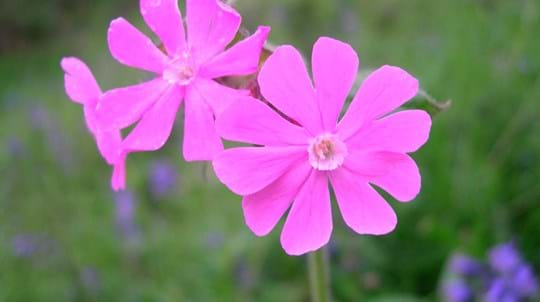
Blog
Helen Keating • 11 Apr 2019
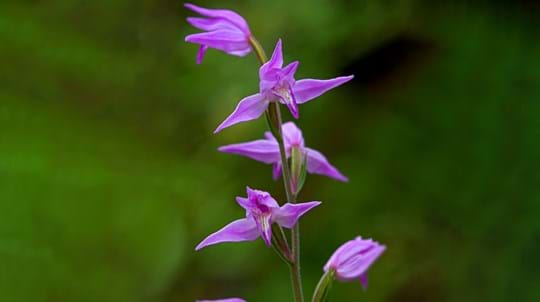
Blog
Laura Cottam • 29 May 2019